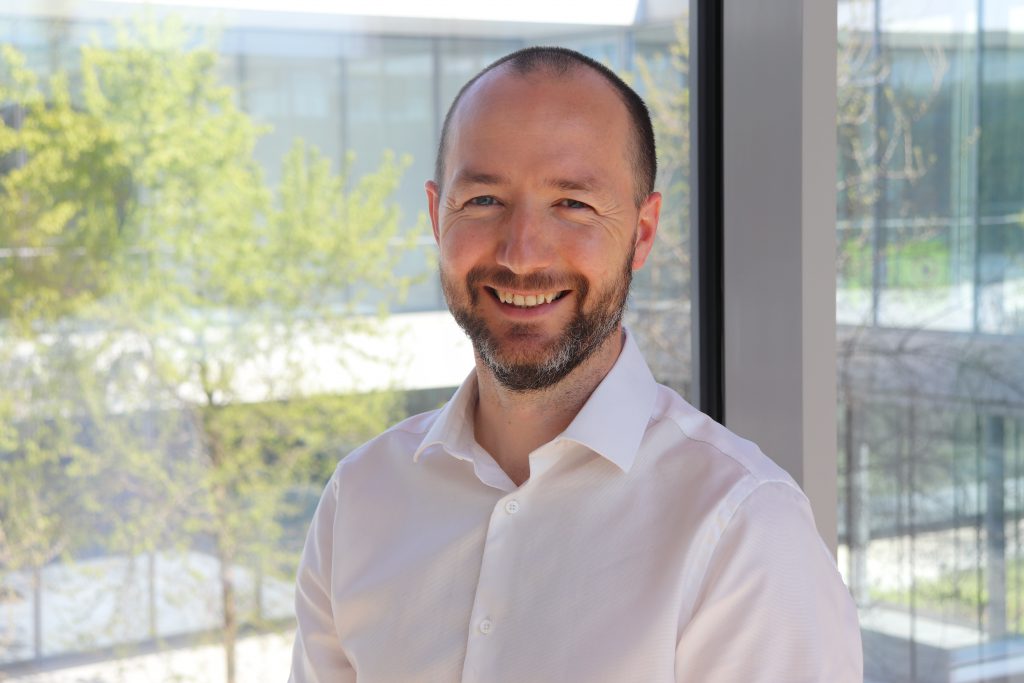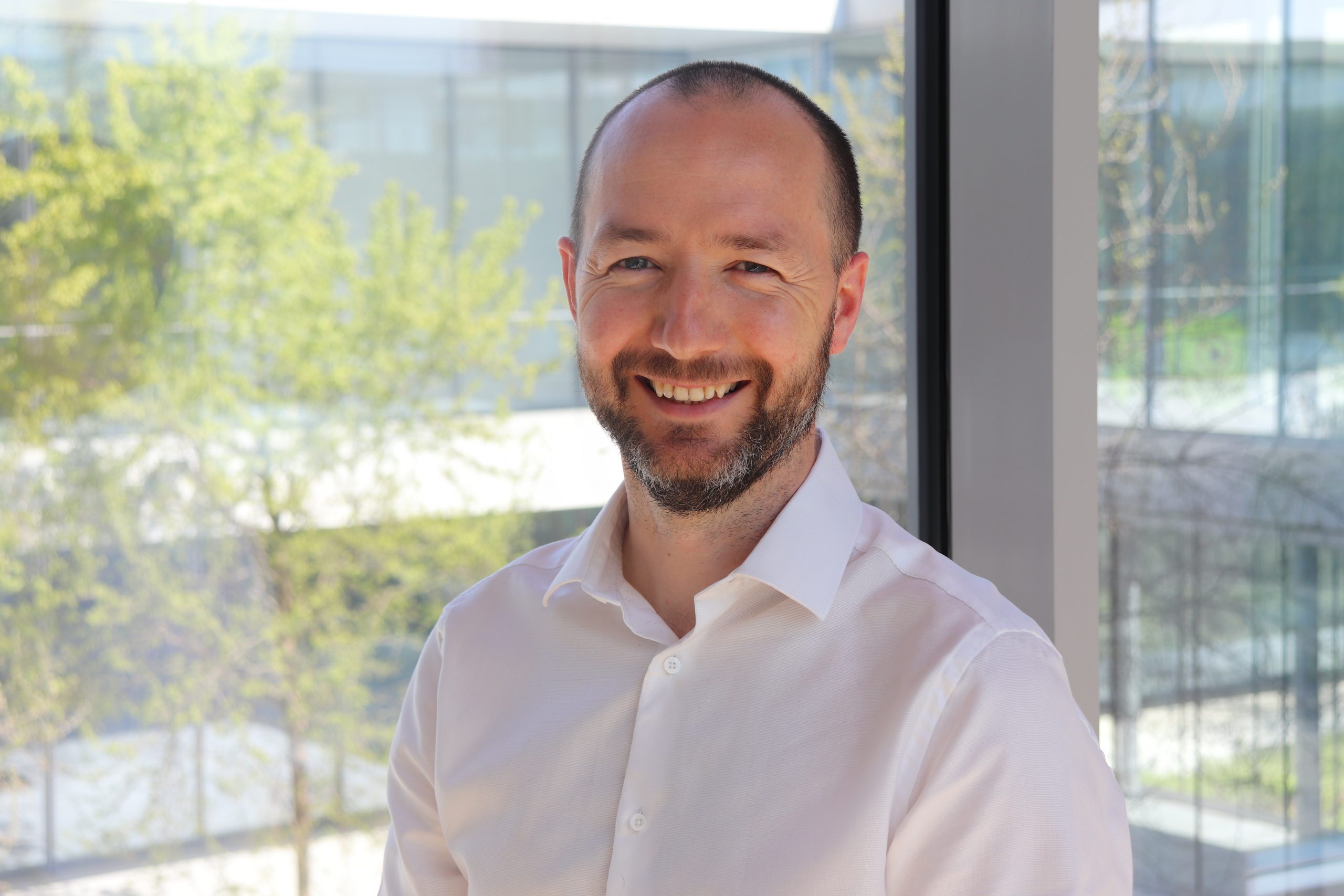With a workforce of 13,000 people and manufacturing sites across Europe, Asia-Pacific and the Americas, French biotechnology multinational bioMérieux distributes its medical diagnostic solutions in more than 150 countries. As Global Head of HSE, Bertrand Gibert attended CEDEP’s inspiring L&SC programme in 2019 to see what value he could gain as a leader and also evaluate the programme’s potential as a development tool for other senior managers within his organisation.
Thank you for talking to us, Bertrand. Firstly, what were your impressions of the Leadership & Safety Culture programme?
It’s very impactful! It makes you think about what you will do with the new content and how you will use it as a leader to improve your drive and grow the company’s safety culture. You leave the course very excited, but moving on from that, you learn to transform your practice and how to make better decisions for your teams. You continue to digest what you have learned.
I was expecting standardised technical content designed for the HSE function. But what surprised me is that this isn’t the case. Instead, it’s all about the participant as a leader. The opportunity to exchange experiences with executives from other organisations was also so valuable. You soon see that their problems are your problems as well.
Overall, I was convinced. And I was convinced Leadership & Safety Culture was the course we needed for our senior leaders because not only does it not focus just on safety, but it helps you evaluate how to embed safety in your daily tasks, and then give it the proper visibility and execution.
How did it help you to reflect on your management and leadership style?
L&SC creates a very productive environment to step back and evaluate your practice and how you interact and collaborate with others. It made me less formal in some circumstances and with people representing different functions. I’m also more sensitive to ideas and expectations from stakeholders.
How did Leadership & Safety Culture inspire you to make changes in your organisation?
The design of the course keeps you reflecting continuously through the week on what you are going to do next. So first, you leave very excited, and then the work begins to change your leadership style and practice in the broader organisation.
My main reflection was, how can we move from where we are to the point where we can send people to this course and grow our community of practices? We didn’t have any safety programmes based on human topics such as leadership. So the main outcome of attending was to start with a new in-house course for bioMérieux – Safety Interactions – with content for all managers, which encourages our people to interact when they see good practice, focus on positive reinforcement, make people consider what reasons push them to put themselves at risks and how to interact with kindness to return in a safe condition. Then, we insist safety is for everyone at work and at home, and for the company. A safe workplace is a sane workplace.
The principle is that if I see something, I say something. Safety Interactions was based on what I picked up personally from the CEDEP programme, shared with my global and local teams for adjustment and replaced our conventional behaviour based program that did not work anymore.
Have you sent more leaders to the Leadership & Safety Culture programme?
Yes, last year, initiated in line with our safety ambition set by our Executive Committee – to be a safety role model in our industry sector – the first time we have had such an ambition. CEDEP’s L&SC programme is part of an ecosystem of solutions we have defined to achieve just that.
In November, we sent the first group of nine members from our European site leadership teams to CEDEP, and there will be more. We are also thinking of a version of the course for our leaders outside Europe. The reason is because we have a North American safety culture, a European safety culture and an Asia-Pacific safety culture – but there should be no boundaries. There are so many synergies and standard practices applicable everywhere, so putting people in front of the same content is essential. It will never work if the senior leaders are not aligned on a specific mindset or do not work together to create that mindset.
What was the feedback from these participants?
The feedback was excellent. A supply chain manager colleague at one of the sites in northern France was here today. I spoke to him, and he said, ‘Wow, the course was just wonderful and we have a bunch of improvement opportunities ahead of us,” and also that the initiatives we put in place after the course were exactly what we needed.
What was the impact of them attending the programme?
When we send leaders to Fontainebleau, we ask them to think about two challenges before they go. One is a safety challenge within their responsibility, something they can act upon. The second is within their operational scope but where they are not in direct control and can influence. So, for example, if you are a manufacturing director for a site, the second challenge will be within the context of the site.
A strong safety culture means you can influence beyond your scope. Leaders think about their two challenges at CEDEP, and at the end of the week, there is a debrief with the HSE Regional Director. Then, over the next six months, they will meet periodically not only to report how they are moving forward with actions on the challenges but also to nurture a new safety culture and mindset. Then, the meetings are a form of peer coaching.
We want the leaders who go to CEDEP to become a community of ambassadors and use this group to build our safety programme for the future.
Would you recommend Leadership & Safety Culture to your peers in other companies?
Sure, 150 per cent! It’s the best leadership and safety course I know.

